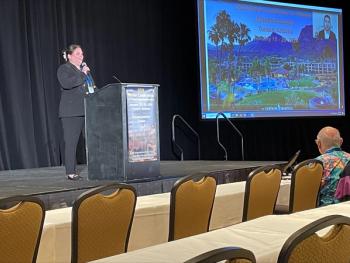
On Monday January 15th at 8 am local time, Eduardo Bolea-Fernández of the University of Zaragoza, in Zaragoza, Spain, was recognized as Spectroscopy’s Emerging Leader in Atomic Spectroscopy for 2024. Here’s a recap of this award session.

On Monday January 15th at 8 am local time, Eduardo Bolea-Fernández of the University of Zaragoza, in Zaragoza, Spain, was recognized as Spectroscopy’s Emerging Leader in Atomic Spectroscopy for 2024. Here’s a recap of this award session.

The 2024 Winter Conference on Plasma Spectrochemistry is set to be an exciting week. Here is what to expect from the conference, and why I'm excited to attend in person for the first time.
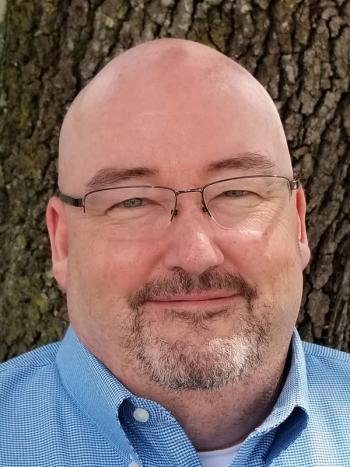
Stawick has been a member of AOAC for more than 20 years and has held multiple senior management positions in biology, food science, and business administration.

Oil is an important natural resource that helps power vehicles, to heat homes, and to make products that humans need. This study out of China examines how terahertz spectroscopy can be used to characterize oil shale.

A recent study out of North-Eastern Hill University in India explores a new method that could aid the treatment of Alzheimer’s disease in patients.

A research study out of China explores the use of a new fluorescent sensor for better detection of mesotrione, an herbicide used to control the growth of weeds.

We want to cover the most relevant stories for you. Here’s how we’re doing it.

A recent study from Spain used surface-enhanced Raman spectroscopy (SERS) to study cancer cells with methylthioadenosine phosphorylase (MTAP) deletions, shedding new insights into the metabolic interactions inside the tumor microenvironment that could influence cancer aggression.

In a recent study, a team of researchers revisited methoxyacetone and discovered more about its photochemistry and infrared (IR) spectra.
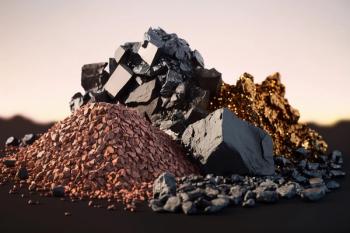
The article describes a method for geochemical sample analysis using polytetrafluoroethylene (PTFE) crucibles and ICP-MS, achieving detection limits below 0.2 μg/g and relative standard deviations ranging from 1.1% to 16.4%. The approach minimizes acid usage, prevents dust contamination, accurately determines volatile elements, and is deemed suitable for high-throughput laboratories with numerous samples and diverse elements to be tested.

Scientists from Mahaveer Academy of Technology and Science University are investigating the impact of three newly synthesized biologically deep eutectic solvents, derived from amino acids, and choline chloride, on the micellar characteristics of anionic sodium dodecyl sulfate.

In a recent study, a group of scientists analyzed the interaction between perfluorobutanesulfonyl fluoride and bovine serum albumin.

Detecting nitroaromatic compounds is essential to preserve the environment. A recent study out of China saw the development of new conjugated porous polymers (CPPs) that could improve detection of these volatile compounds.
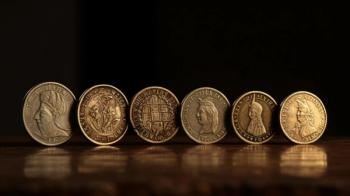
Studying historical ancient artifacts requires the use of a nondestructive technique to analyze the metal surfaces of these objects. This study presents two approaches that improves on existing methods when conducting alloy analysis.

In a recent study, X-ray fluorescence spectrum analysis was conducted to estimate the valance states of platinum.

The editors of Spectroscopy retrospect on the most read articles of the past year.

Laser-induced breakdown spectroscopy (LIBS) could be used to monitor chloride ingress in concrete structures, which has implications for future infrastructure.
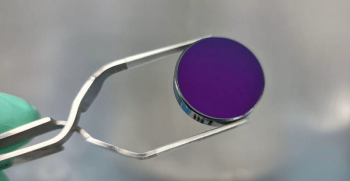
Researchers from Thorlabs Crystalline Solutions, the University of Vienna, and the National Institute of Standards and Technology have achieved a revolutionary breakthrough, publishing in Nature Communications, with mid-infrared supermirrors exhibiting finesse exceeding 400,000, promising unprecedented sensitivity for applications in trace gas sensing and precision spectroscopy.
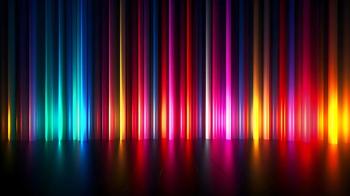
A truly innovative approach to Raman spectral analysis is introduced in a newly published Applied Spectroscopy paper, utilizing a dynamic neural network modeling to significantly enhance baseline correction accuracy and offering a paradigm shift in spectral preprocessing.
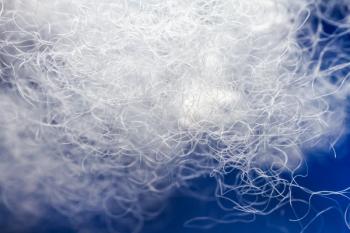
Researchers at Kochi University and RIKEN have unveiled a new method for distinguishing individual polyester fibers in forensic investigations. Published in Spectrochimica Acta Part B: Atomic Spectroscopy, their advanced X-ray analysis refreshes how we unravel the composition of these fibers.
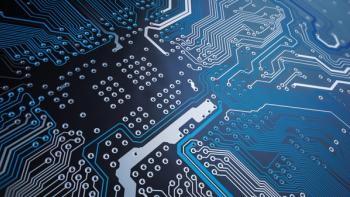
Researchers at Fukuoka University unveil intricate elemental composition and durability properties within PCB powder, revolutionizing electronic waste recycling.

The team devised a method for recovering high-purity silicon from expired solar panels to produce lithium-ion batteries for electric cars.
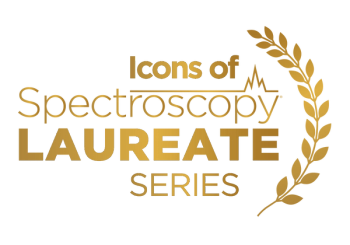
In our second article in our Icons of Spectroscopy laureate series, we are providing details of the individuals having their names associated with the major awards in spectroscopy (eponyms).
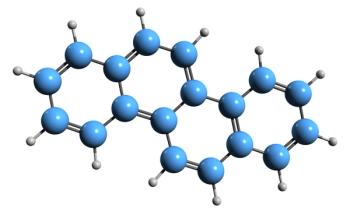
DNA effectively removes chrysene from contaminated water through intercalation, as confirmed by various analytical methods, offering a potential novel approach for chrysene elimination in water pollution.

Researchers from Technische Universität Dresden, reveal new insights into protonated mono and polyamines' behavior by determining pKa values using Fourier transform infrared titration, providing valuable data for chemical analysis.

Researchers from Beihang University in Beijing, China, introduce a dynamic multivariate outlier detection algorithm, DM-SRD, in the journal Applied Spectroscopy, significantly improving the accuracy of real-time monitoring for surface water contamination by addressing challenges posed by hydrological fluctuations.

Scientists faced challenges when using XRF on artifacts that contain many layers.

In a new study, a group of researchers explored the performance of multi-hole collimators with varying geometries and material compositions in a full-field XRF spectrometer based on the 2D-THCOBRA gas detector.

New research on fuel thermal conversion shows the potential of laser technology in real-time monitoring, revolutionizing efficiency, and understanding energy conversion processes.
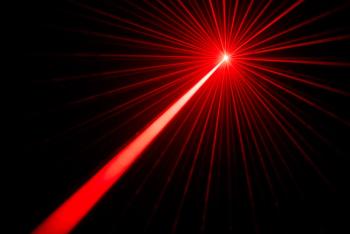
In a recent study, quadrupole mass spectrometry (QMS) was used to test the amount of deuterium atoms from aluminum layers.